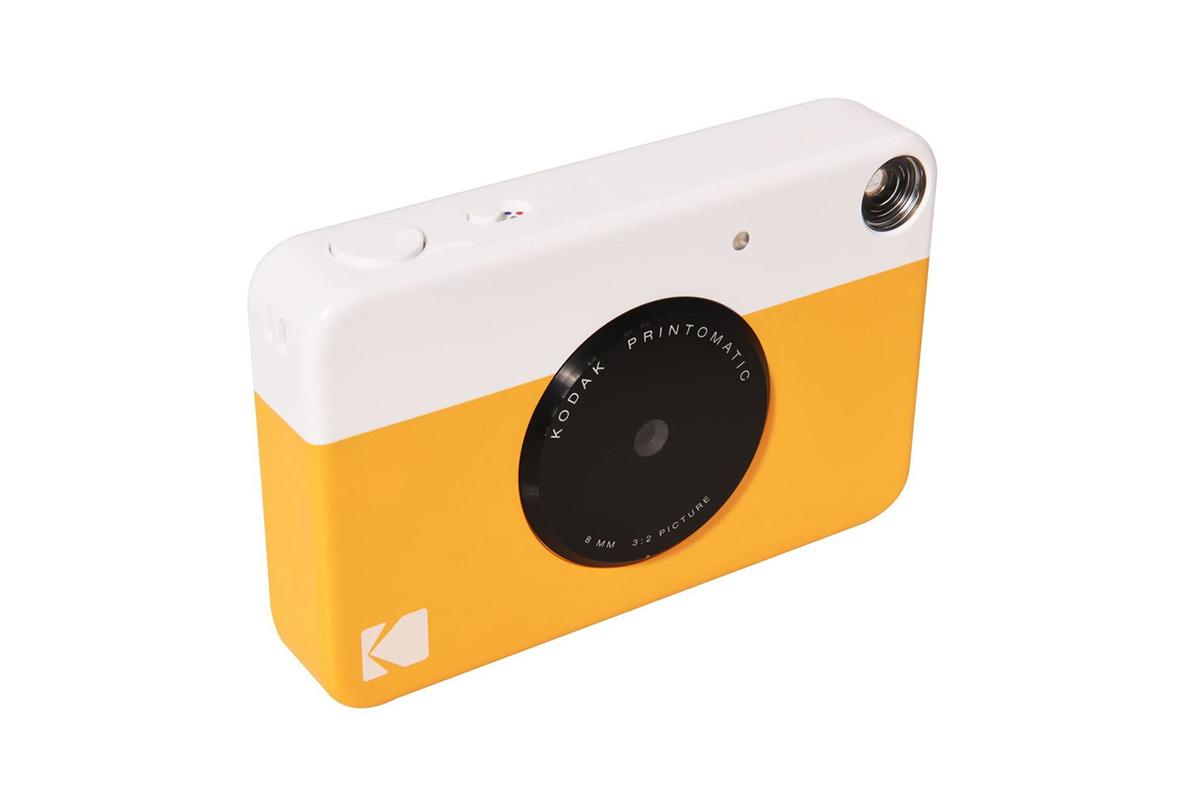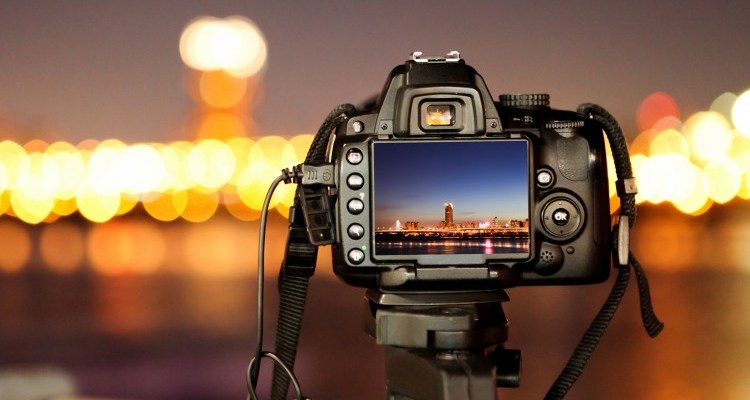
You may need different filters depending on what kind of camera you use. These include variable neutral density filters as well as polarizer filters. They also have warming and cooling filters. This article discusses different types of camera filters. You should now have a better understanding of the types of filters your camera needs.
Variable neutral density filters
Variable neutrality filters are invaluable tools in photography. They can be used either to adjust the scene's exposure or to darken the image. This filter can be adjusted in different density levels, making it more useful than traditional ND filter.
Variable ND filters can be purchased in many sizes. These filters have a ring that allows the user to adjust the blocking strength. They are inexpensive, user-friendly, and consistent. A filter such as the Hama Vario ND2-400 can be purchased on Amazon UK. This model offers two to eight stops of ND. Tiffen also offers variable ND filters.

Polariser filters
The polariser filters for cameras can be either circular or linear and block reflected sunlight. They are often threaded onto your camera lens' front like a UV filter. While their polarizing qualities are intact, they don't cut glare if turned in the wrong way. A square polariser however, can work in any direction.
Polarisers have a downside: they can decrease sharpness. This can lead to strange patterns in polarization and unattractive color casts. They can also cause shutter speeds and shutter speeds to decrease.
Colour filters
Colour filters enable you to alter how light enters your camera. These filters consist of a piece of colored glass placed in front of the camera lens. Different filters provide different benefits. Blue filters enhance reds by playing up contrast while green filters are good for skin tones. They can also be used under artificial lights. These filters can absorb both green and blue light and can make black and/or white photos look richer. Yellow filters are used to make landscapes appear more real.
Post-production is where colour filters are most commonly used. These filters can be used in post-production to improve the contrast and reduce blemishes. These filters can also aid in the separation of colours within mixed-colored scenes. While most filters have a factor of 2 for filtering, manufacturers will often give you an exact value. If you use TTL metering in your camera, it will automatically compensate for the filter factor.

Warming and cooling filters
The white balance of your camera is adjusted using warming and cooling filter. Warm filters make the scenes appear warmer, while cooling filters cool them. A warming or golden hour filter creates an effect while a cooling or cooling filter cools it down. If you want your sunset photos to look redder, you can use warm filters.
Warming and cooling filters also help restore the color of the picture by using other sources of light. For example, a special streetlight filter can restore color to a scene. However, this type of filter is not necessary for digital cameras; they can adjust the white balance automatically when you take a picture. You can also use a color filter if you are taking pictures under water.
FAQ
Cameras available for purchase
You can find many places online to buy cameras. B&H Photo Video, however, is recommended as a trustworthy retailer. Their knowledgeable staff can answer any questions that you might have.
B&H ships fast and securely so it is easy to have your order delivered at your doorstep.
You can learn more by watching this video about shopping for cameras.
How do I get started with digital photography?
You should first consider what kind of camera you want when you begin digital photography. You have several options, including DSLRs (digital single lens reflex cameras), point-and-shoot compact cameras, camcorders, and smartphones. Each camera has different benefits and features. DSLR cameras can produce high-quality images, but they are usually heavier and more bulky than other types. Point-and-shoot cameras are smaller and lighter and often include automatic settings for certain situations. Camcorders can record excellent video and have some still photography modes. Smartphones can be small and lightweight and are easy to transport.
Once you've decided on the type of camera you'd like to buy, you will need to decide whether you would rather buy a used or new one. Cameras that have been used in recent years can often be found for a reasonable price. New models generally cost more because manufacturers spend large amounts of money developing new technology.
Next, you will need lenses. The quality of your photos is directly affected by the lens. They let you adjust the focal length to zoom in and out of the scene, without losing focus. Some lenses include built-in flash units. Others require external flash. A wide range of lenses is available from various brands, each offering unique characteristics.
Finally, you will need to invest in memory cards. Memory cards are used to store images taken with your camera. It can hold hundreds to thousands of photos, depending on how big your card is. Multiplying your memory cards is necessary if you are going to be taking lots of photos.
Is digital photography hard?
Digital Photography is not as easy as you think. You will need to spend time learning how to use these tools correctly. You must know the right settings for different types shots. The best way to learn is by doing. Practice makes perfect.
Statistics
- While I cannot prove that all of those spots were not sensor dust, the photo was taken during a heavy snowstorm…so I guess that 99.8% of the spots are snowflakes. (bhphotovideo.com)
- By March 2014, about 3 million were purchased monthly, about 30 percent of the peak sales total. (en.wikipedia.org)
- In this case, 100% of readers who voted found the article helpful, earning it our reader-approved status. (wikihow.com)
- There are people out there who will pick at flaws they can only see in 100% crops of your photos. (wikihow.com)
External Links
How To
How to take macro shots in photography
Macro Photography is defined as the ability to capture small objects such as flowers, insects, and even people at close range. Macro means large in Greek. If your lens has a focal distance greater than 50mm you can photograph objects that are extremely close up.
A macro lens that is good should have a long working range and a fast aperture to get sharp images. It is important to avoid motion while taking photos. Anything that moves during exposure may blur your image.
Here are some tips to take great macro photos:
-
Use a tripod. You can use a tripod if you don't own one. This way, you'll have less chance of moving while trying to shoot.
-
Make sure you choose the right lighting. Macro lenses usually come with built in light filters. But if you don’t, you can always buy one. This helps prevent overexposure.
-
Be patient! Shooting macros takes practice. Sometimes you may only see a tiny bug or flower, but it's worth it to keep shooting until you catch it.
-
Shoot in RAW format. RAW files can store more information than standard JPEGs. RAW files are better for editing later as you can make adjustments such as cropping and colour correction.
-
The background is important. The background can sometimes add interest to your shot even though it is a foreground item. Include it in your shot.
-
Keep learning.